Dodge Journey: Cover, structural dust
Removal
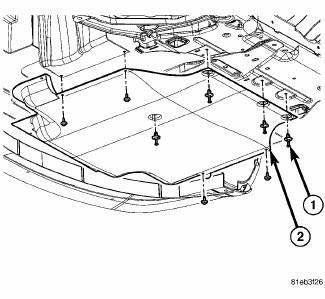
Fig. 172: Belly Pan
1. Raise and secure the vehicle on a hoist.
2. Remove the belly pan (2), if equipped.
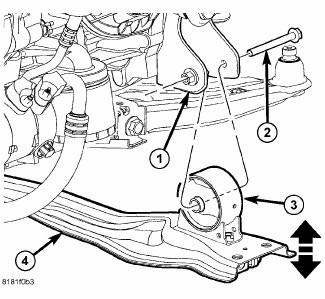
Fig. 173: Front Engine Mount Through Bolt
3. Remove the fore/aft crossmember (4).
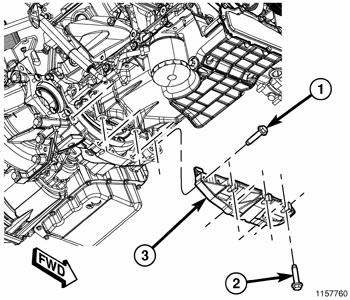
Fig. 174: Structural Collar
4. Remove three bolts (2) attaching the structural collar (3) to the oil pan.
5. Remove four bolts (1) and the structural collar (3) from the transmission.
Installation
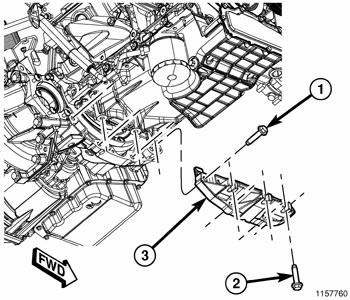
Fig. 175: Structural Collar
CAUTION: The collar must be tightened using this service procedure, as damage to transaxle case and/or oil pan may occur.
1. Position the structural collar (3) on the engine and transaxle.
2. Finger tighten all bolts (1) and (2).
NOTE: Make sure that structural collar (3) is flush with the oil pan and the transmission bell housing.
3. Install the vertical collar bolts (2) to the oil pan, pre-torque bolts to 1.1 N.m (10 in. lbs.).
4. Install the horizontal collar bolts (1) to the transmission and tighten to 55 N.m (40 ft. lbs.).
5. Starting with the center vertical bolts and working outward, final torque all bolts to 55 N.m (40 ft. lbs.).
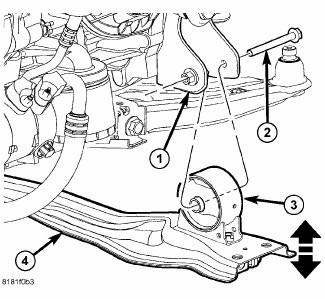
Fig. 176: Front Engine Mount Through Bolt
6. Install the fore/aft crossmember (4).
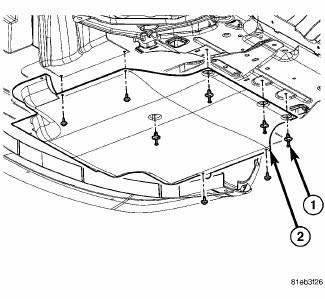
Fig. 177: Belly Pan
7. Install the belly pan (2), if equipped.
8. Lower the vehicle.
 Bearing(s), crankshaft, main
Bearing(s), crankshaft, main
Standard Procedure
CRANKSHAFT MAIN BEARING FITTING
Fig. 169: Cylinder Block Main Bore Grade Marking
The grade marks for the cylinder block main bearing bore grade is located on
the pan rail jus ...
 Crankshaft
Crankshaft
Description
The crankshaft is constructed of a forged micro alloy steel. The six throw,
nine counterweight crankshaft is
supported by four select fit main bearings with the number three serving as ...
See also:
Assembly
NOTE: Cleanliness through entire disassembly and assembly of the valve
body cannot
be overemphasized. When disassembling, each part should be washed in a
suitable solvent, then dried by comp ...
REAR WINDOW FEATURES
Rear Window Wiper/Washer
The rear window wiper/washer control is located on the
right side of the steering column.
Rear Window Wiper/Washer Control
Rotate the switch upward to the
“On” pos ...
Description, Diagnosis and Testing
DESCRIPTION
The inner joints of both half shaft assemblies are tripod joints. The outer
joints of both assemblies are Rzeppa
Joints. The tripod joints are true constant velocity (CV) joint assembl ...
